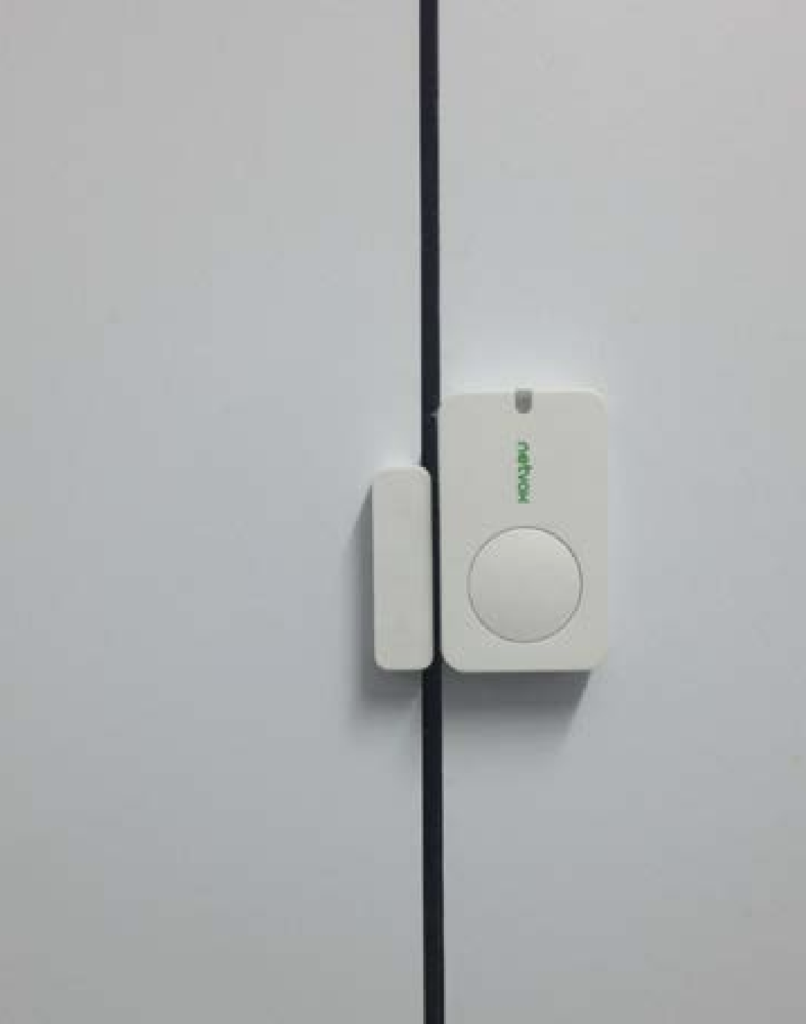Do you feel confident every door in your hotel is secure? Not the main entrance or guest rooms, but all the secondary doors for janitorial closets, staff-only areas, and roof access. Even though you want security in these locations, it’s not always practical or cost-effective to add access cards.
That’s where IoT can help. A wireless sensor can provide instant notification when a door opens. It’s a smart and economical way to automate security throughout your hotel.
How Door Sensors Work
A door sensor has a single purpose – trigger an alarm whenever the door is opened. The technology uses a magnetic proximity sensor. The device has two parts: an indicator attached to the frame and a magnet on the door. They are placed parallel to each other within centimeters.
The device uses electricity to generate an electromagnetic field. The field is “broken” whenever the magnet moves out of detection range. Essentially, the sensor recognizes the default position of an object (a closed door) and when it changes (an open door).
This contact break triggers a text or email alert. The push notification allows hotel management to investigate the motion. You might send someone in person to look, review camera feeds of that location, or use internal communication to verify the whereabouts of staff.
Top uses include:
There are also window versions. They are a commercial equivalent of what is used on home windows. But rather than a piercing alarm, they send a less intrusive SMS alert. That level of discretion is important in an environment where people come to sleep and recharge.
Other applications include cabinets, drawers, storage units, conference rooms, refrigerators and freezers, mechanical rooms, basement stairs, and janitorial closets.
The Benefit of Door Sensors
IoT door sensors reduce liability by deterring unauthorized access, theft, and vandalism. Because they are always at the ready to alert an intrusion, they significantly extend your ability to monitor vulnerable hotel areas. Other advantages include:


- Human Labor – IoT door sensors replace the need for constant rounds by security guards. Human intervention is only needed when there’s a notification. This means your staff can focus on higher level tasks.
- No Hard Wiring – Door sensors are powered by long-lasting batteries. No remodeling needed or conduit on the walls; they attach with standard adhesive tape. Their unobtrusive size blends into the aesthetics of any hotel design.
- Low Power – Alerts are relayed via LoRa (long range), which is a wireless option like WIFI and Bluetooth. The communication is carried by a LoRaWAN network, which is a low-power option that’s perfect for hotels. Read our post on LoRaWAN for more details!
There’s also built-in performance. Most brands can withstand freezing temperatures, including down to 0 degrees F, and some offer outdoor models. Many even have tamper detection. The device will also provide periodic reports on battery life and sensor health in case maintenance or software updates are needed.


